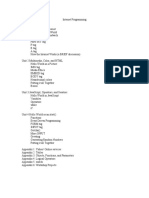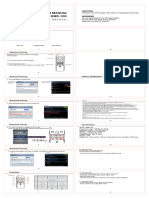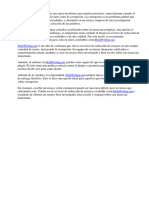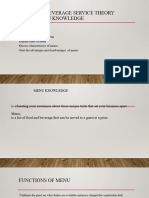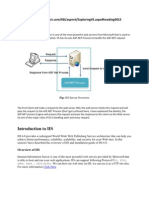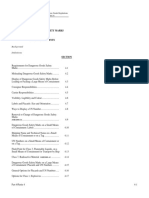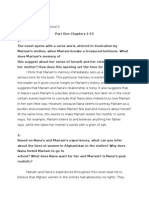0% found this document useful (0 votes)
26 views5 pagesFull Explanation of HTML5 Document Structure
The document provides a comprehensive overview of HTML5 document structure, detailing essential elements such as <!DOCTYPE html>, <html>, <head>, and <body>. It explains the purpose of various tags, including <header>, <nav>, <main>, <section>, <article>, <aside>, <footer>, and common formatting and input tags. Additionally, it emphasizes the importance of properly closing tags and includes a simple example of a complete HTML5 document.
Uploaded by
kcjdramabl143Copyright
© © All Rights Reserved
We take content rights seriously. If you suspect this is your content, claim it here.
Available Formats
Download as PDF, TXT or read online on Scribd
0% found this document useful (0 votes)
26 views5 pagesFull Explanation of HTML5 Document Structure
The document provides a comprehensive overview of HTML5 document structure, detailing essential elements such as <!DOCTYPE html>, <html>, <head>, and <body>. It explains the purpose of various tags, including <header>, <nav>, <main>, <section>, <article>, <aside>, <footer>, and common formatting and input tags. Additionally, it emphasizes the importance of properly closing tags and includes a simple example of a complete HTML5 document.
Uploaded by
kcjdramabl143Copyright
© © All Rights Reserved
We take content rights seriously. If you suspect this is your content, claim it here.
Available Formats
Download as PDF, TXT or read online on Scribd
/ 5














































